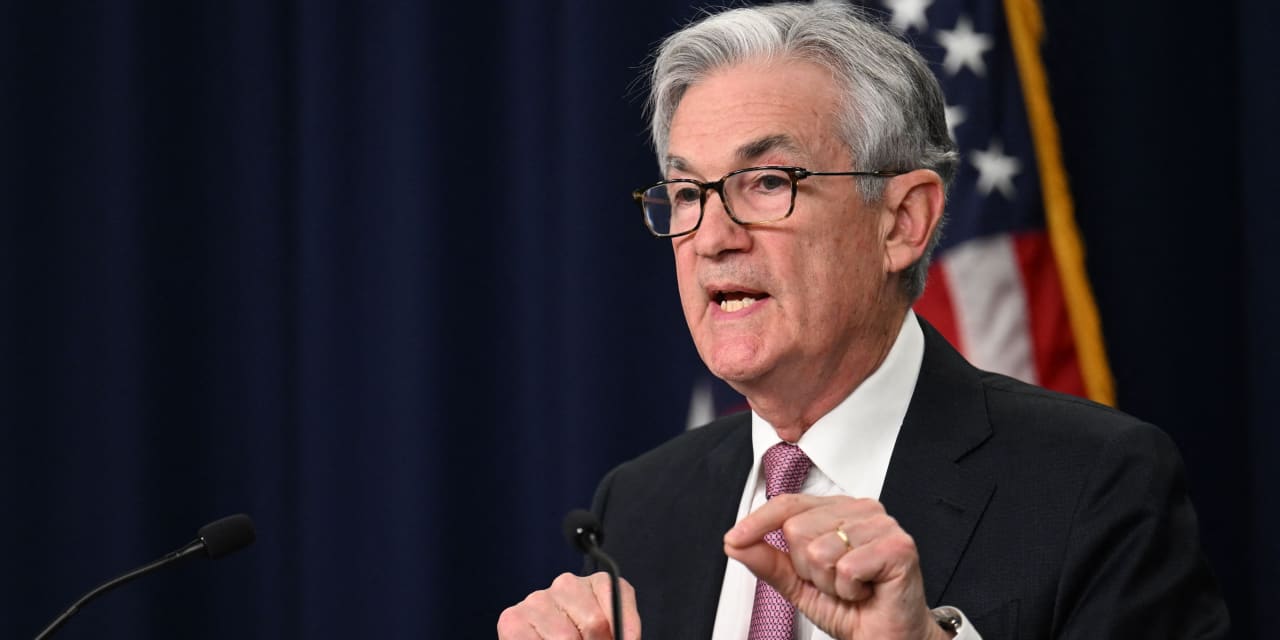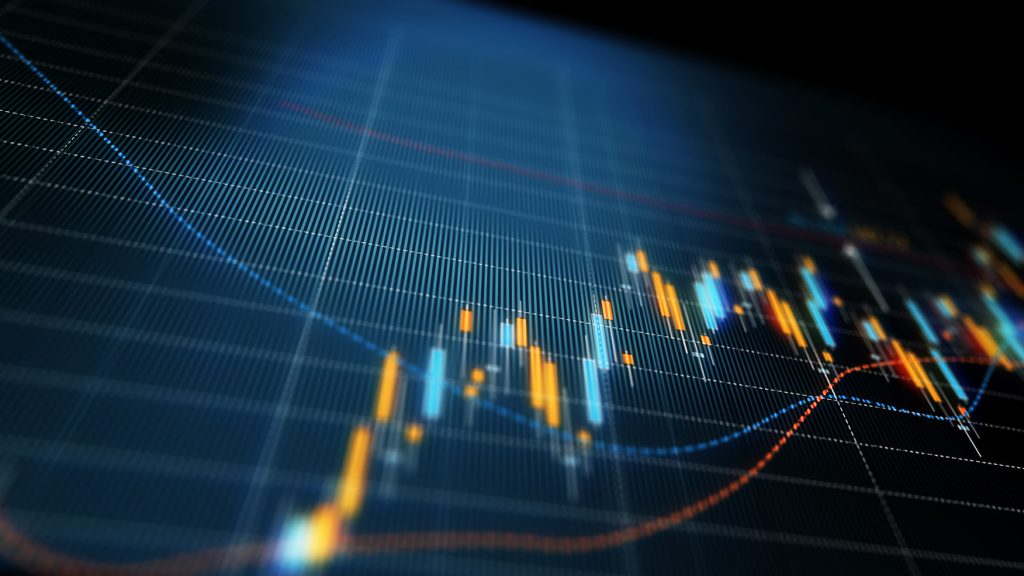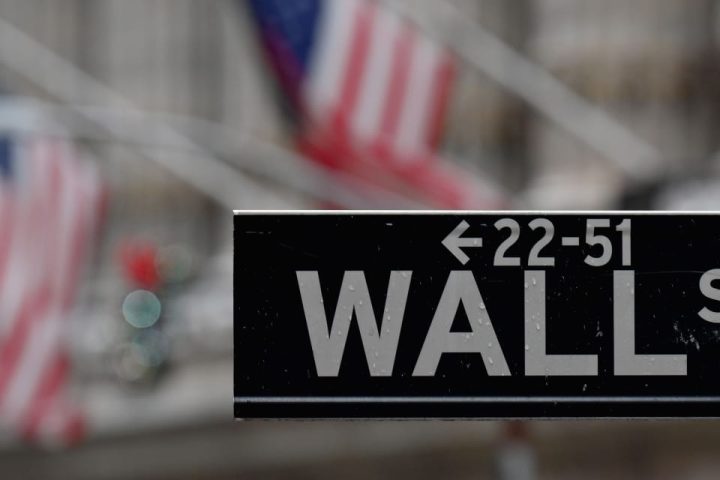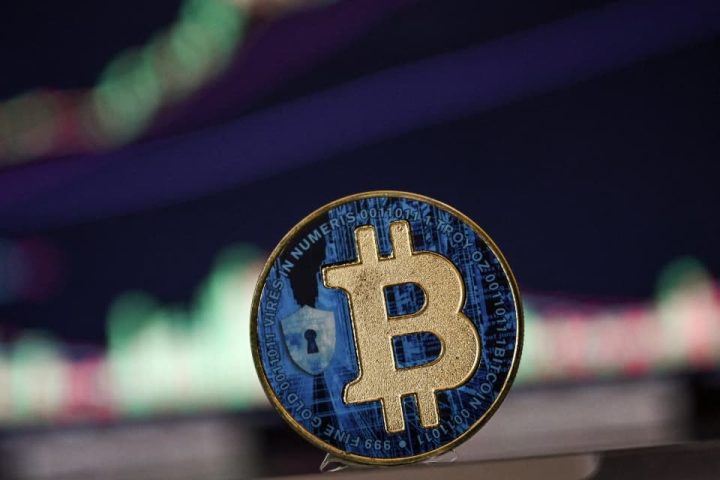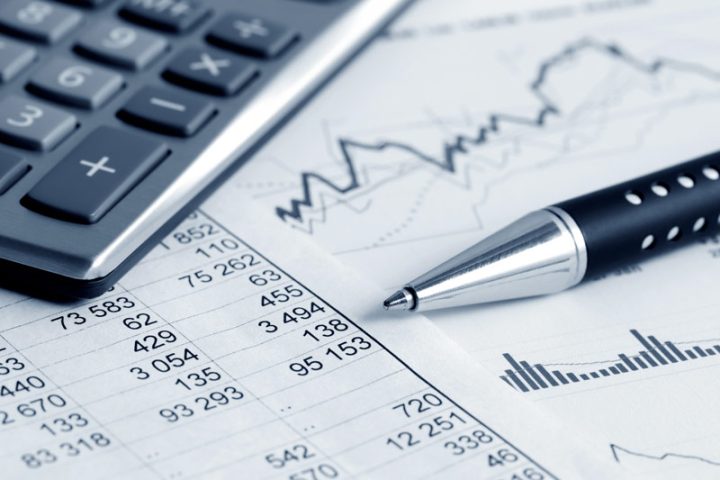Over the summer months, as reporters and the markets were pondering how many more times the Federal Reserve would hike interest rates this year, New York Fed President John Williams mentioned one reason the central bank might actually start cutting rates in 2024.
In an interview, Williams explained that, assuming inflation comes down, if the Fed doesn’t cut interest rates at some point, then real — or adjusted-for-inflation — interest rates will go up and up and up.
Other Fed officials have chimed in with similar views. Minneapolis Fed President Neel Kashkari called it simple math.
Turns out the market was listening.
After last week’s soft October consumer price inflation report, markets quickly came to believe there would be speedy cuts coming.
Traders in derivative markets now see a big chance that the Fed’s benchmark rate, now in an range of 5.25%-5.5%, will be a full percentage point lower by the end of next year, with the first cut coming in May.
After almost hitting 5% in mid-October, the 10-year Treasury yield
BX:TMUBMUSD10Y
is down to 4.44%.
Dovish commentators like Jeremy Siegel of the Wharton School are pushing the envelope further. Siegel said last week he thinks the Fed’s battle against high inflation is just about over, and predicted the Fed could begin to cut interest rates as soon as March.
The market has pushed aside routine comments from many Fed officials this fall that the Fed was going to need to keep its benchmark rates “higher for longer” to get inflation down.
Asked if the recent market moves were based on this argument over real interest rates, Richard Moody, chief economist at Regional Financial replied: “Either explicitly or implicitly.”
“The markets understand that that slowing inflation gives the Fed latitude to cut the fund rates,” Moody said.
The federal funds benchmark rate, adjusted for inflation, is now over 2%, Moody estimated. That’s higher than before the 2008 financial crisis.
Another way to look at it, Moody said, is that the top end of the Fed’s benchmark rate is 5.5%. The Fed’s estimate for a “neutral rate” is 2.5%, The neutral rate is the Fed’s estimate for where rates should be if the economy is growing at 2% trend and inflation is running at 2%.
But some experts are balking at the Fed’s estimate for “real” rates.
Adam Posen, president of the Peterson Institute for International Economics, said he had two problems with the real funds rate argument.
First, some of the drag from higher rates is priced into the market, and expected.
Secondly, he said the Fed’s benchmark rate “is not a sufficient statistic for monetary conditions. The fed funds rate is an inter-back lending rates.
“In terms of the impact on the economy, what we care about is overall monetary and credit conditions. It is not clear that the real fed funds rate captures those changes,” Posen said.
“The last two decades have repeatedly taught us that what matters is credit conditions and liquidity in specific markets,” he said, in a subsequent interview. Even financial-condition indices don’t capture it.
“As a result, people probably overestimate how much additional drag the U.S. economy will get if the real federal funds rate rises as a result of inflation,” Posen said.
Posen said he also rejected the idea that there is a natural or normal level of interest rates. “Whether they’re too tight or too loose depends on the conditions of the economy,” he said.
Posen said he still wants the Fed to raise rates one more time.
“I think since they’re going to want to sit on the sidelines throughout this election cycle and with the productivity numbers not yet definitive, I’d do one more hike before February,” he said. He’s referring to solid gains in productivity in the past two quarters that many economists think will allow the economy to grow without boosting inflation further.
Steven Richhiuto, chief economist at Mizuho Americas, said passive tightening doesn’t work.
“People are nominal” and don’t view the economy in an inflation-adjusted lens, he said.
“I think the Fed is on hold for now,” he said, but he wouldn’t say that the Fed is done hiking.
“I believe in higher for longer. I am definitely in the longer camp, but I’m not willing to say that the higher is over,” he said.
Read the full article here
